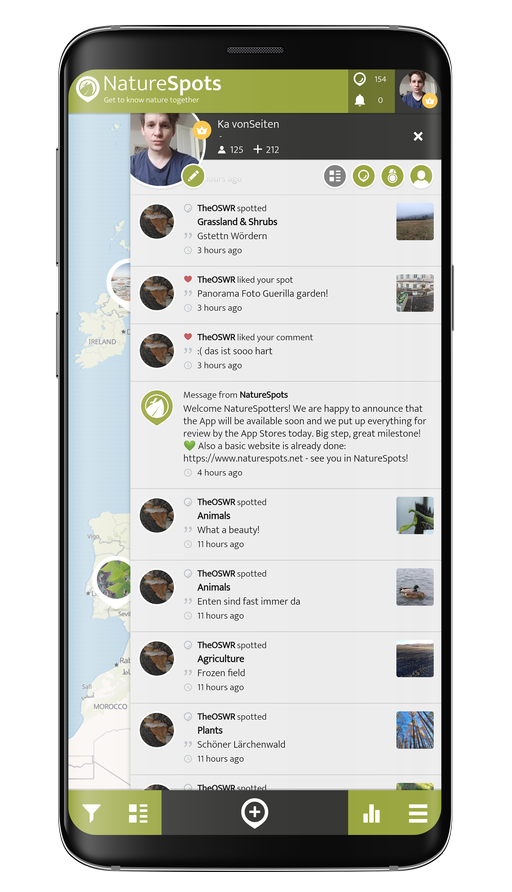A mangrove is a shrub or small tree that grows in coastal saline or brackish water. The term is also used for tropical coastal vegetation consisting of such species. Mangroves occur worldwide in the tropics and subtropics, mainly between latitudes 30° N and 30° S, with the greatest mangrove area with 5° of the equator. The total mangrove forest area of the world in 2000 was 137,800 km2 (53,200 sq mi), spanning 118 countries and territories.
Mangroves are salt-tolerant trees, also called halophytes, and are adapted to life in harsh coastal conditions. They contain a complex salt filtration system and complex root system to cope with saltwater immersion and wave action. They are adapted to the low-oxygen conditions of waterlogged mud.
The word "mangrove" is used in at least three senses: most broadly to refer to the habitat and entire plant assemblage or mangal,for which the terms mangrove forest biome, and mangrove swamp are also used, to refer to all trees and large shrubs in a mangrove swamp, and narrowly to refer just to "true" mangrove trees of the genus Rhizophora of the family Rhizophoraceae.
The mangrove biome, or mangal, is a distinct saline woodland or shrubland habitat characterized by depositional coastal environments, where fine sediments (often with high organic content) collect in areas protected from high-energy wave action. The saline conditions tolerated by various mangrove species range from brackish water, through pure seawater (3 to 4% salinity), to water concentrated by evaporation to over twice the salinity of ocean seawater (up to 9% salinity).[5]
Ecology
Mangrove swamps (mangals) are found in tropical and subtropical tidal areas. Areas where mangroves occur include estuaries and marine shorelines.

Graphic: ChandraGiri (Wikimedia), Licence: CC-BY-SA-3.0
The intertidal existence to which these trees are adapted represents the major limitation to the number of species able to thrive in their habitat. High tide brings in salt water, and when the tide recedes, solar evaporation of the seawater in the soil leads to further increases in salinity. The return of tide can flush out these soils, bringing them back to salinity levels comparable to that of seawater.
At low tide, organisms are also exposed to increases in temperature and reduced moisture before being then cooled and flooded by the tide. Thus, for a plant to survive in this environment, it must tolerate broad ranges of salinity, temperature, and moisture, as well as a number of other key environmental factors—thus only a select few species make up the mangrove tree community.
About 110 species are considered mangroves, in the sense of being trees that grow in such a saline swamp, though only a few are from the mangrove plant genus, Rhizophora. However, a given mangrove swamp typically features only a small number of tree species. It is not uncommon for a mangrove forest in the Caribbean to feature only three or four tree species. For comparison, the tropical rainforest biome contains thousands of tree species, but this is not to say mangrove forests lack diversity. Though the trees themselves are few in species, the ecosystem that these trees create provides a home (habitat) for a great variety of other species, including as many as 174 species of marine megafauna.
Source: Wikipedia contributors. "Mangrove." Wikipedia, The Free Encyclopedia. Wikipedia, The Free Encyclopedia, 25 Jun. 2021. Web. 28 Jun. 2021.


